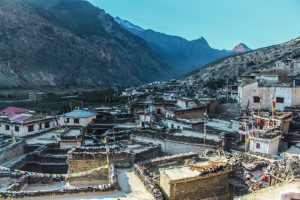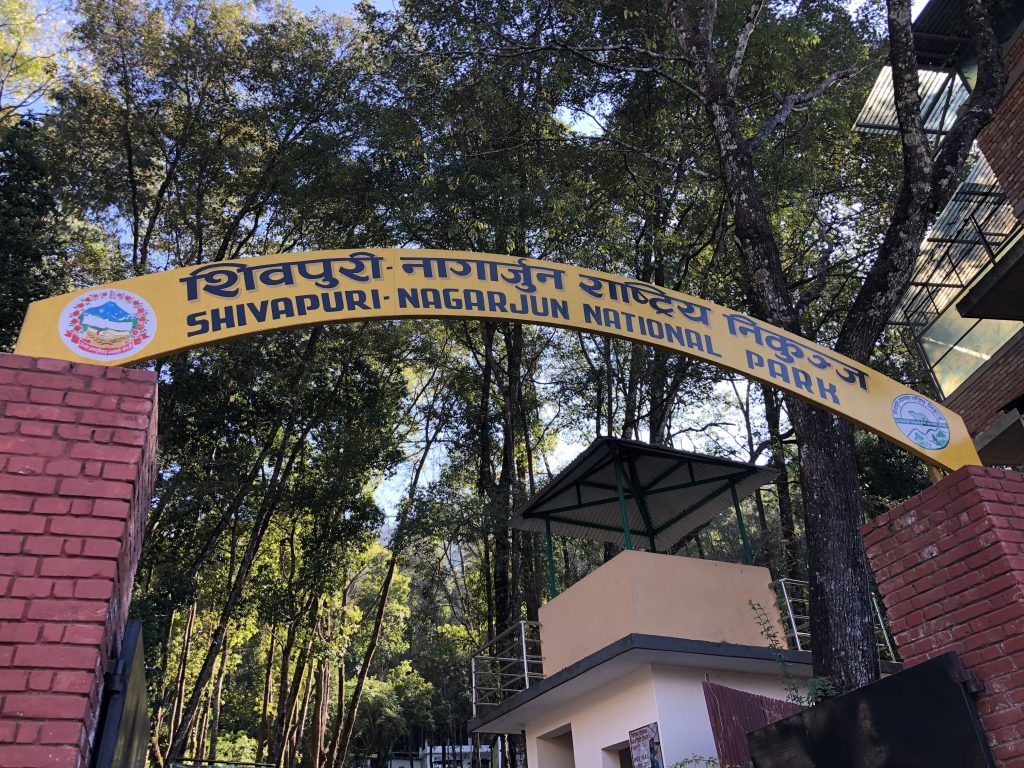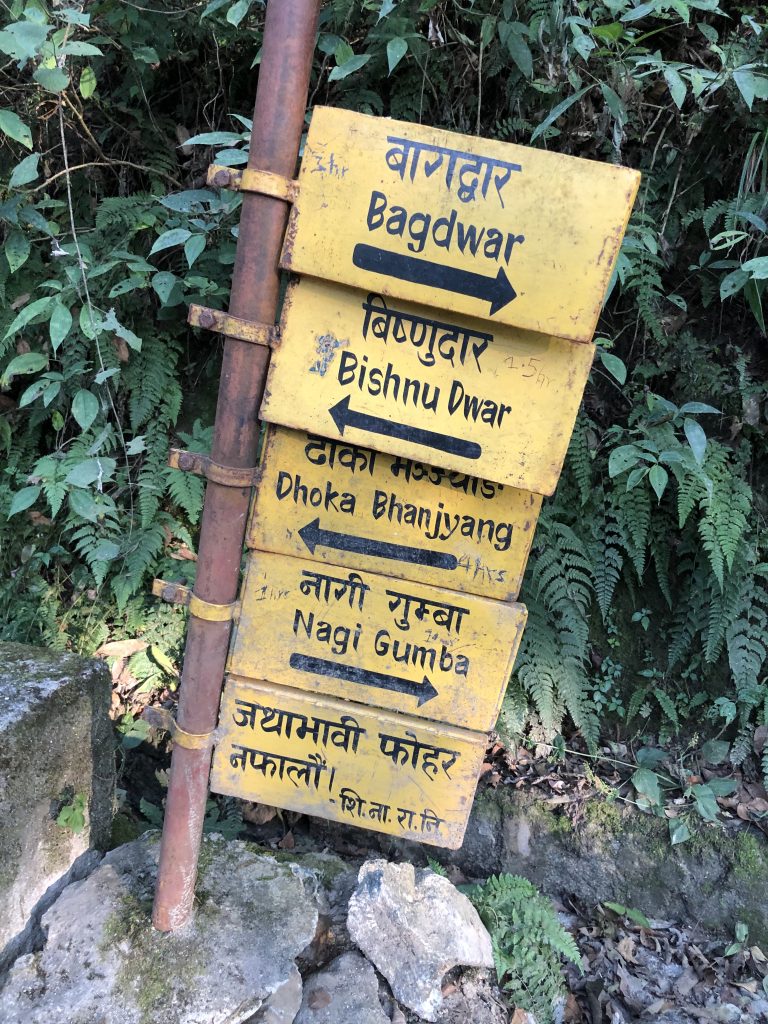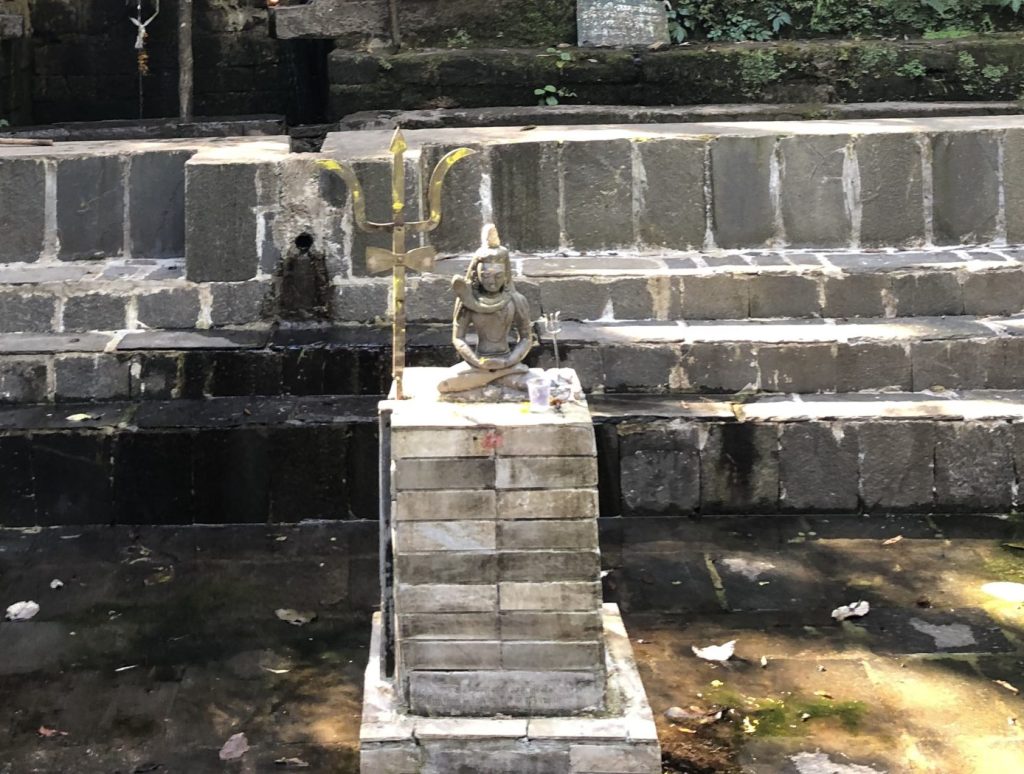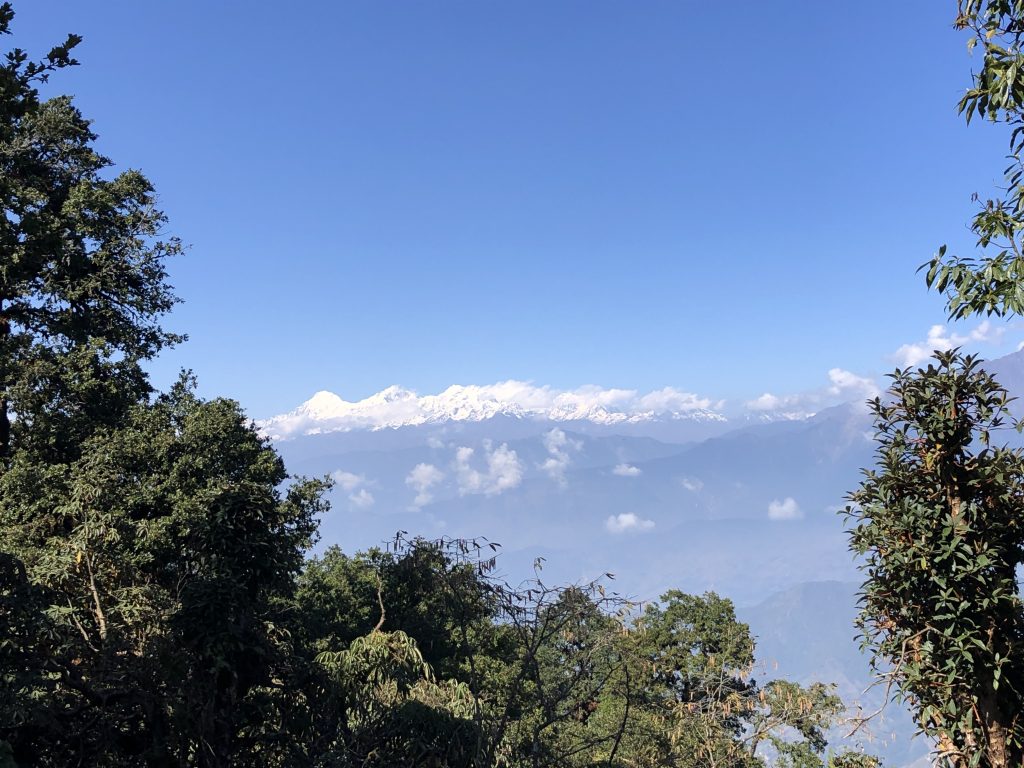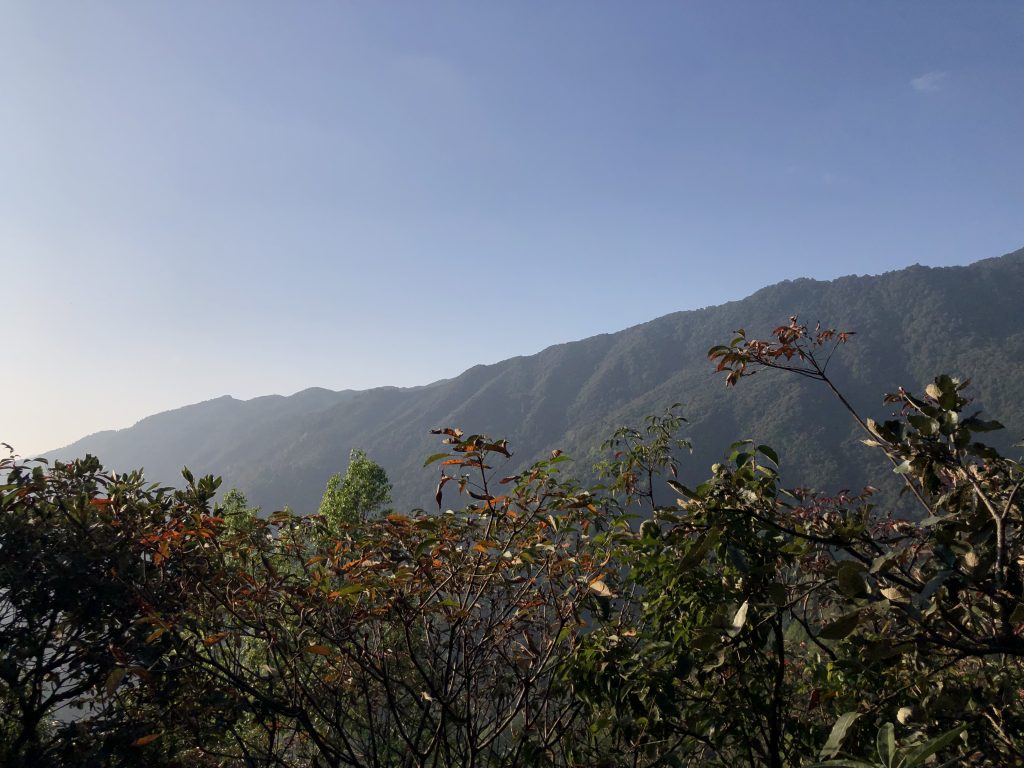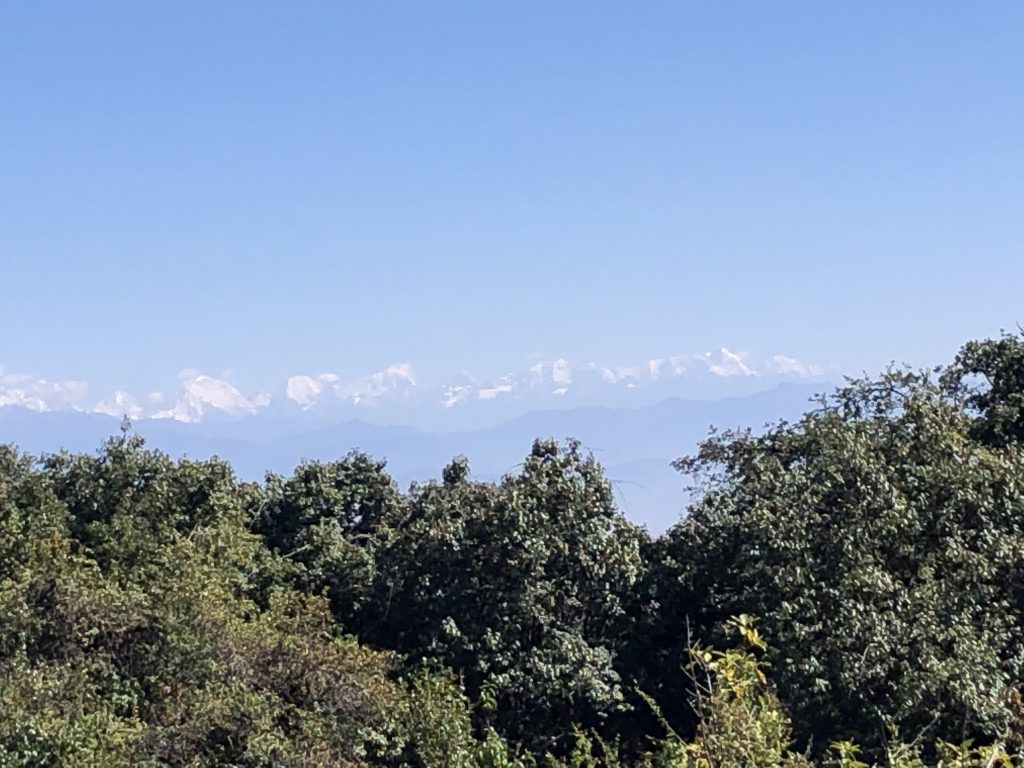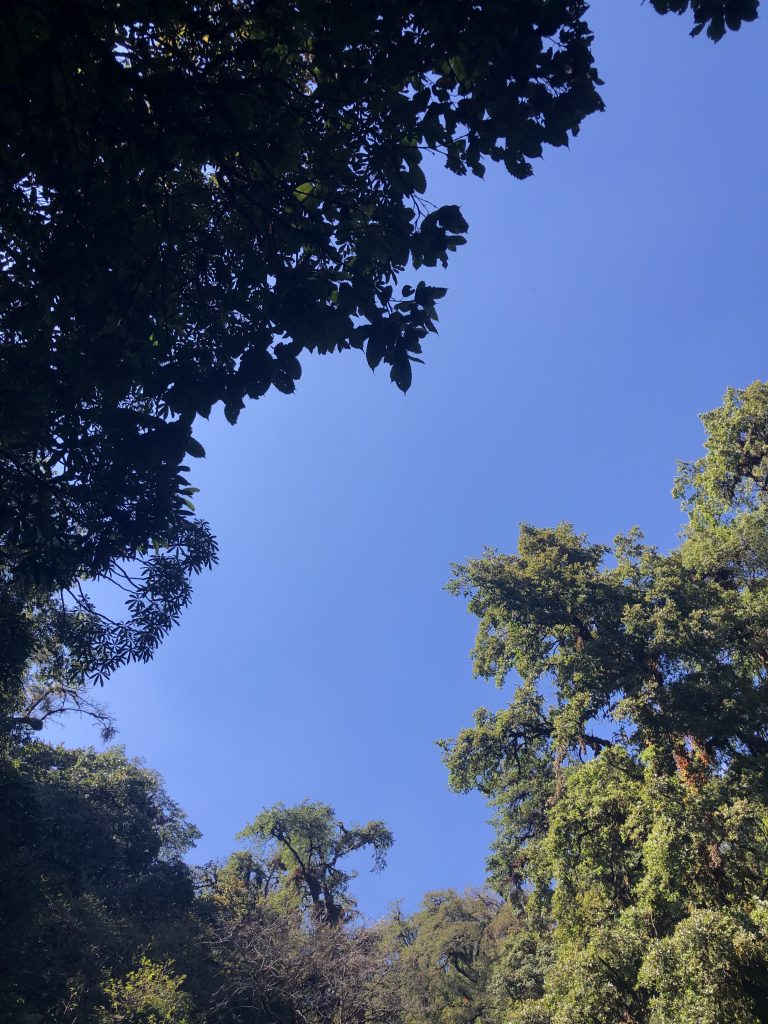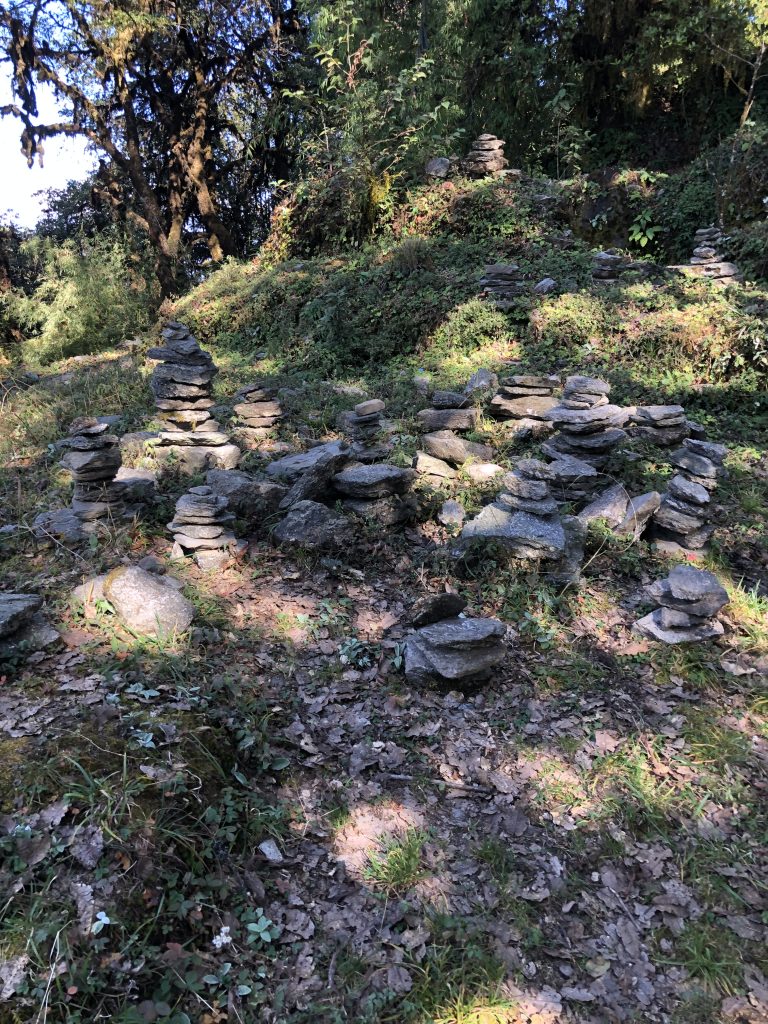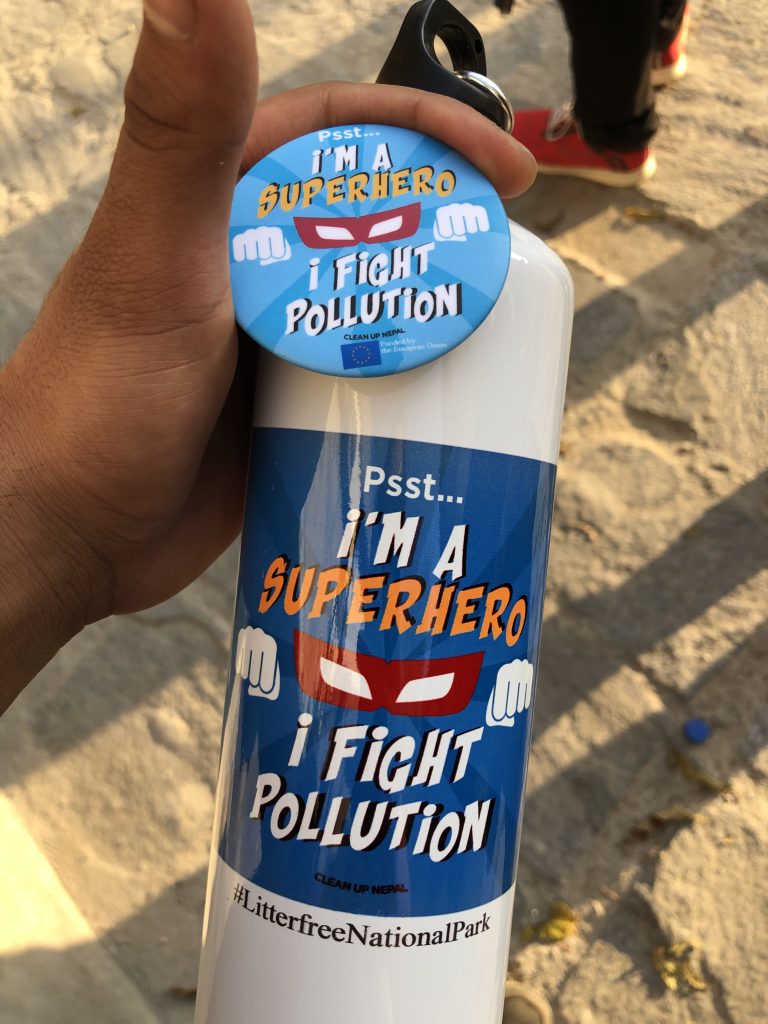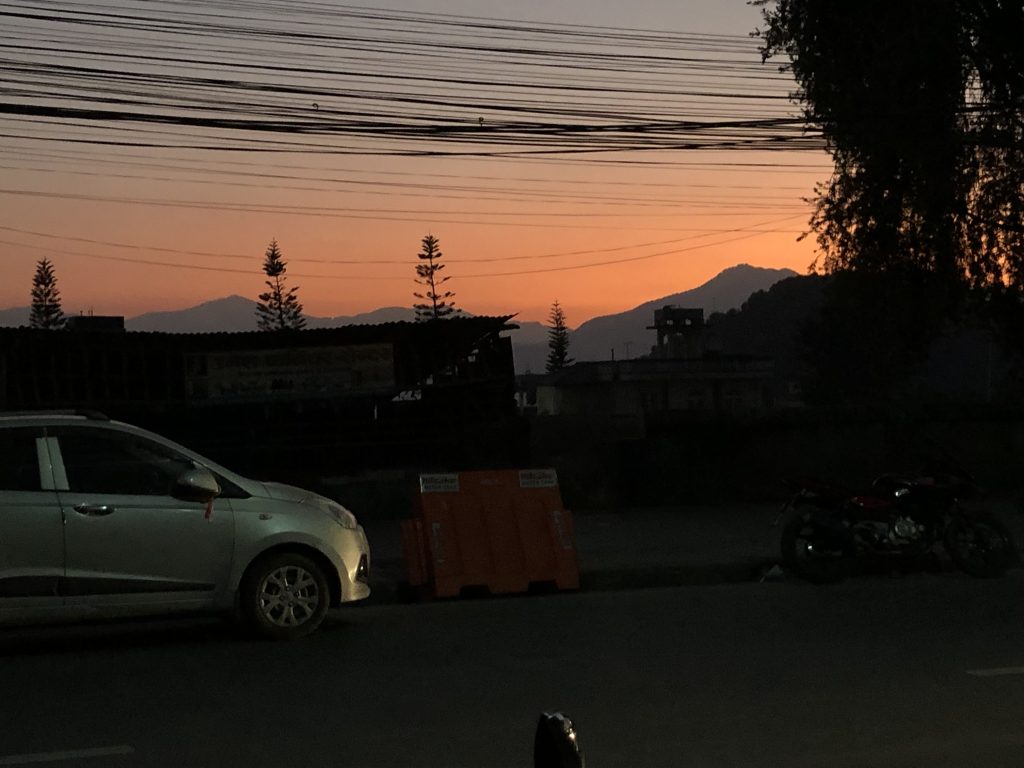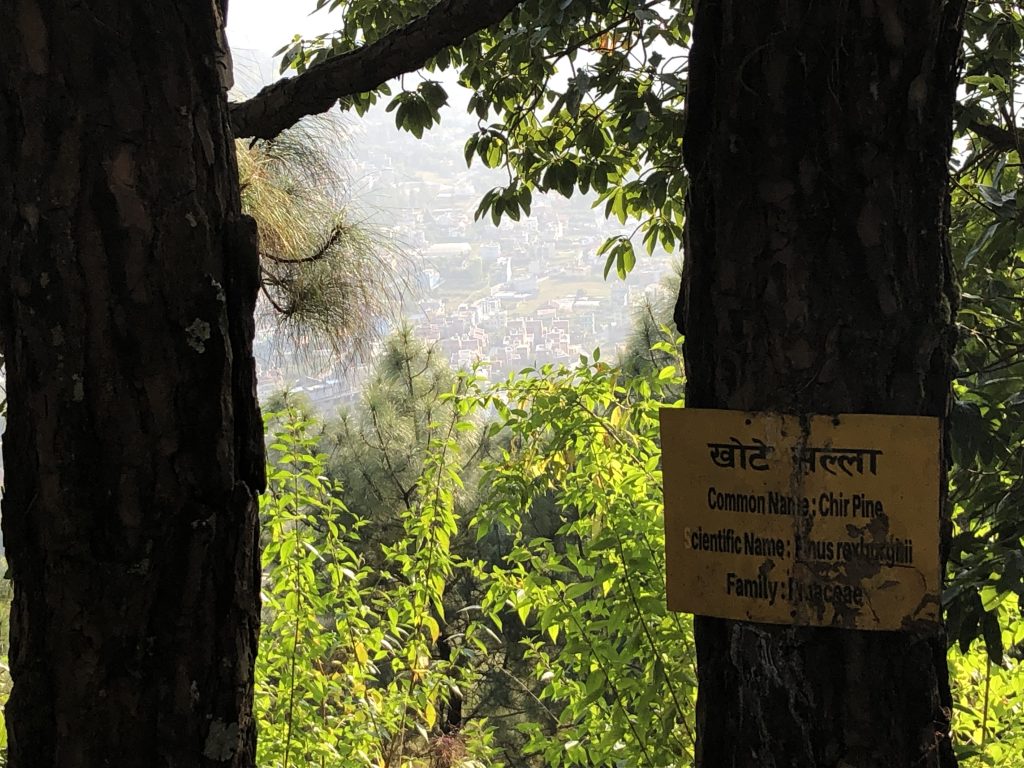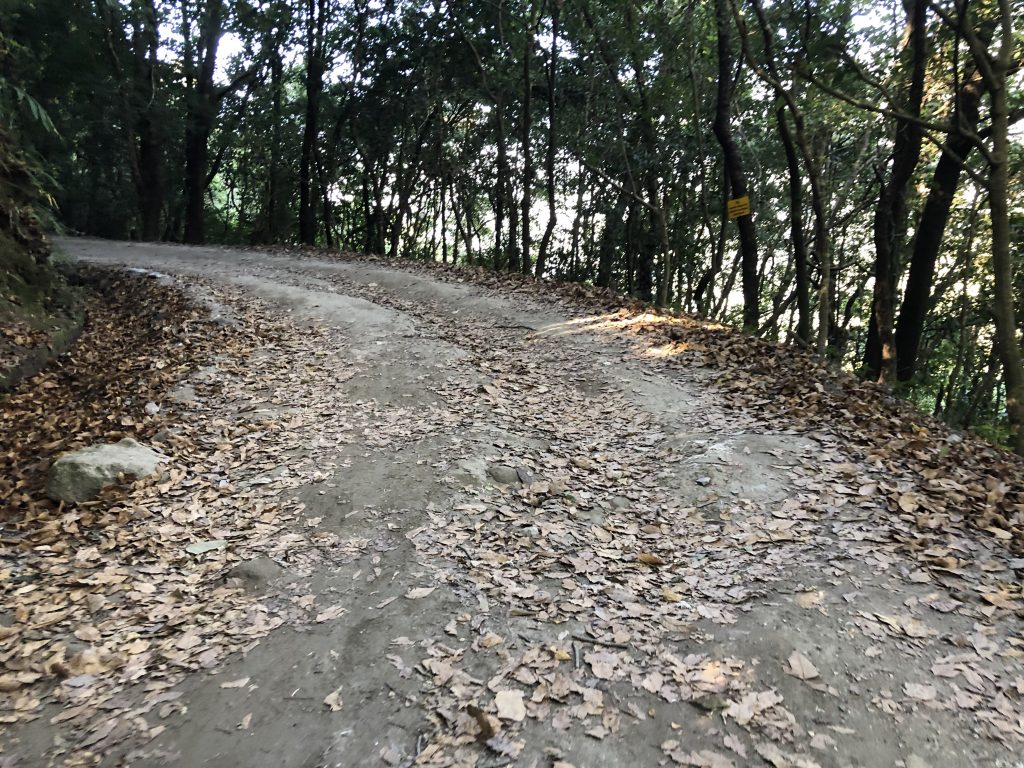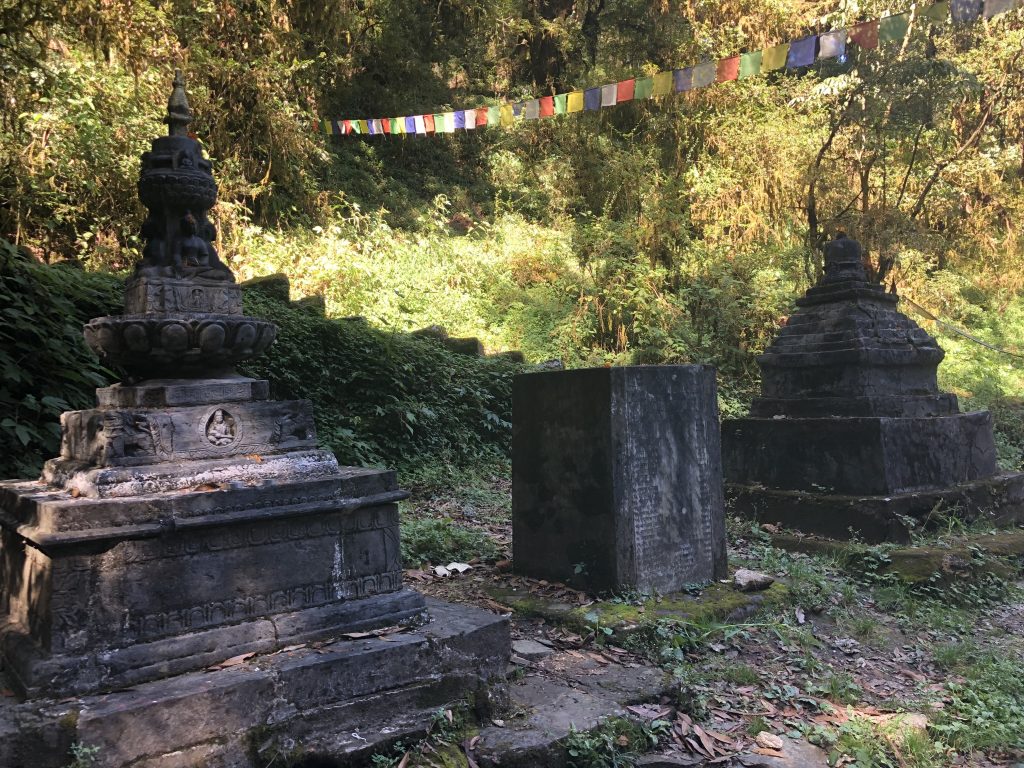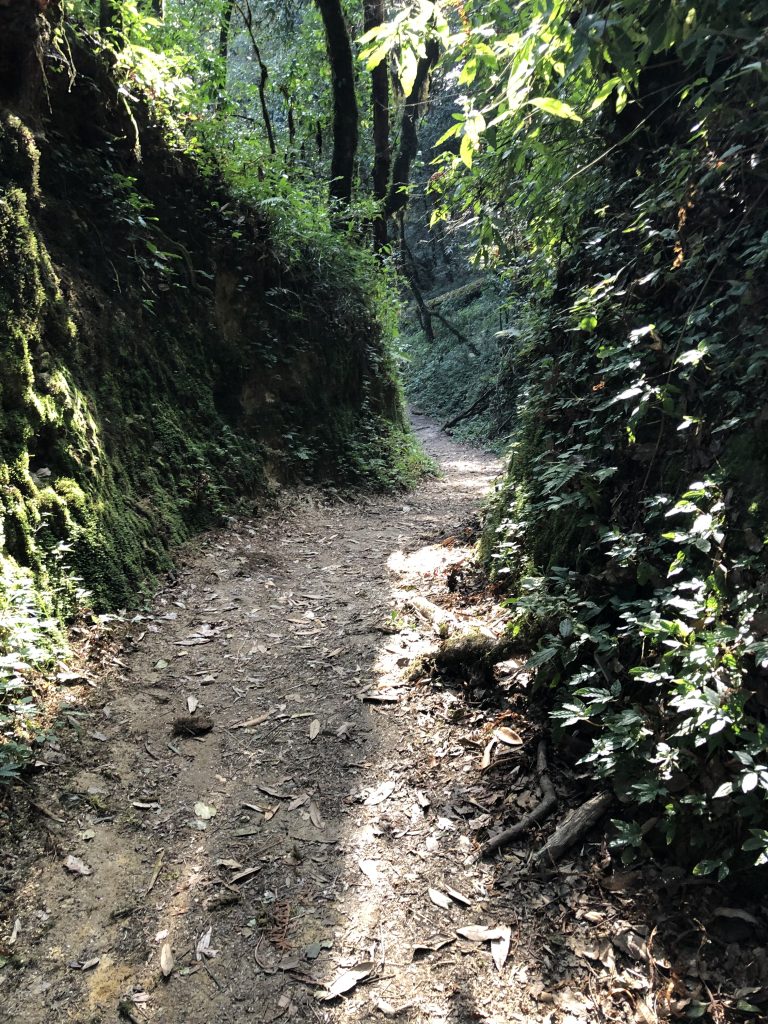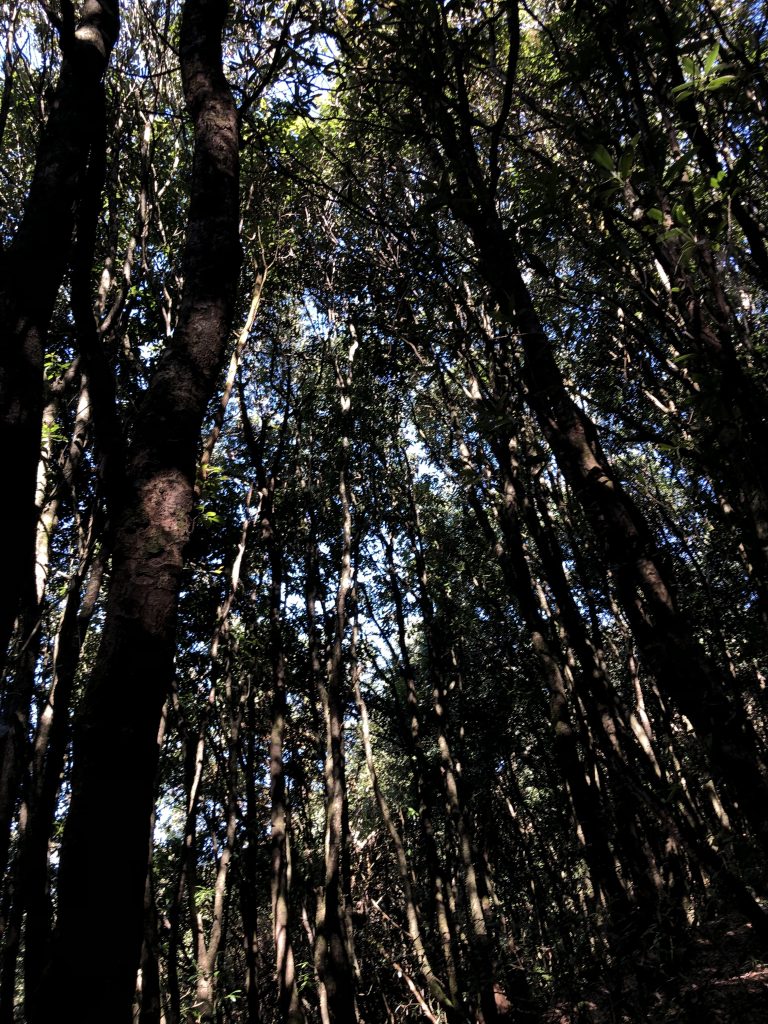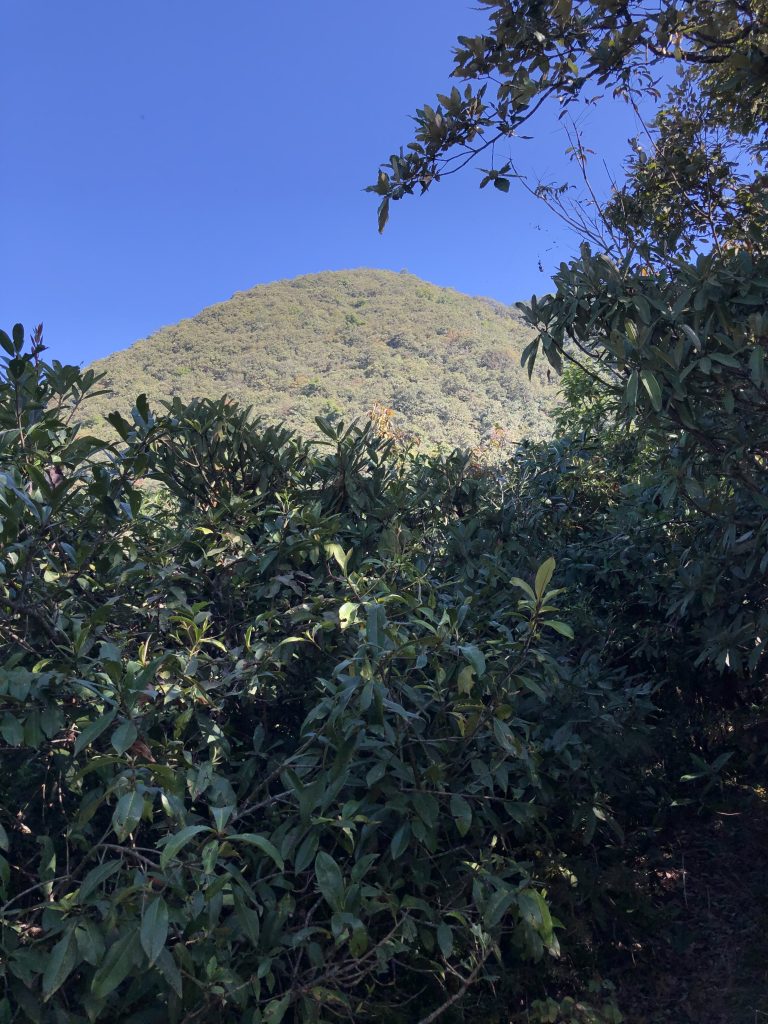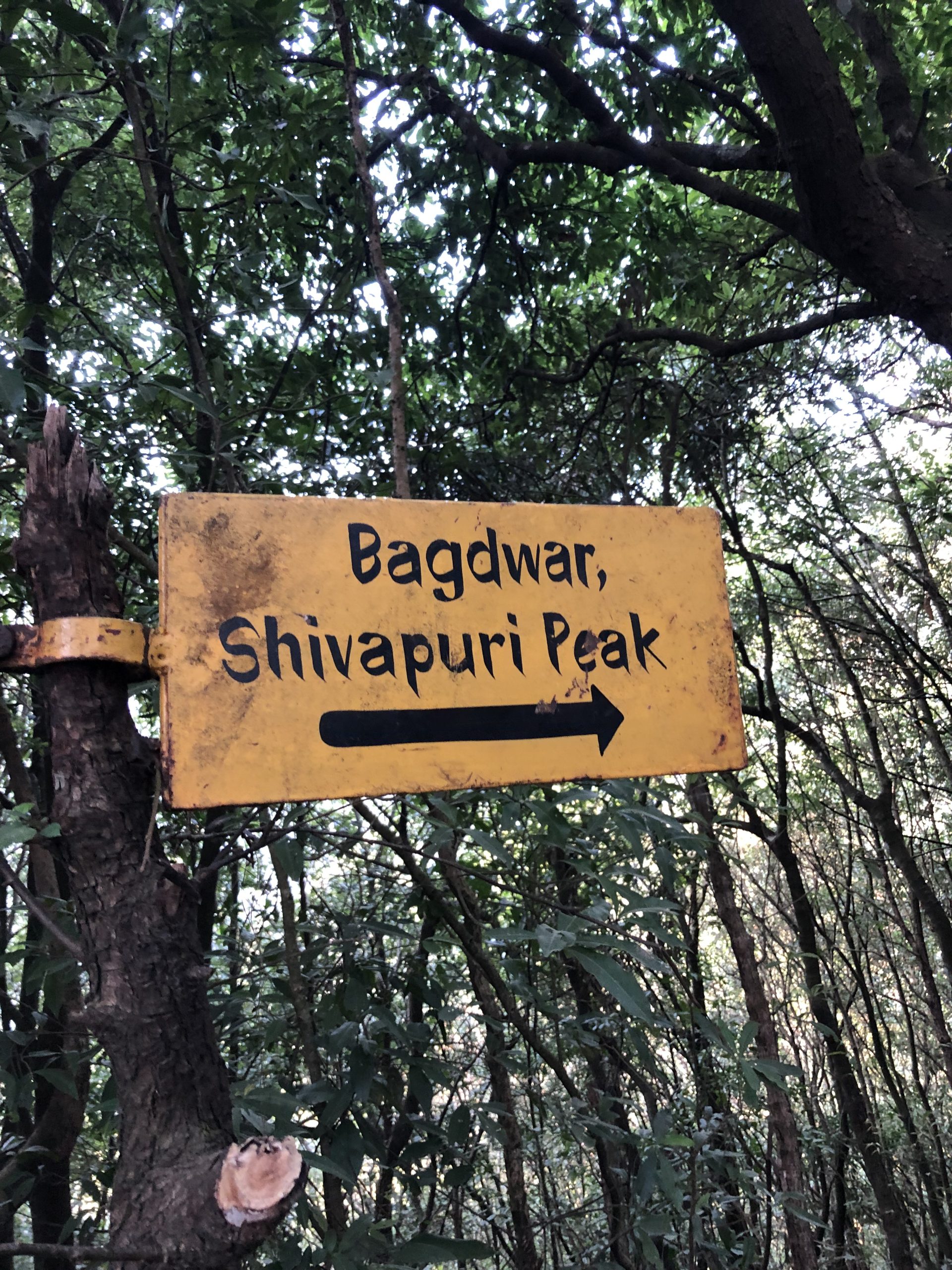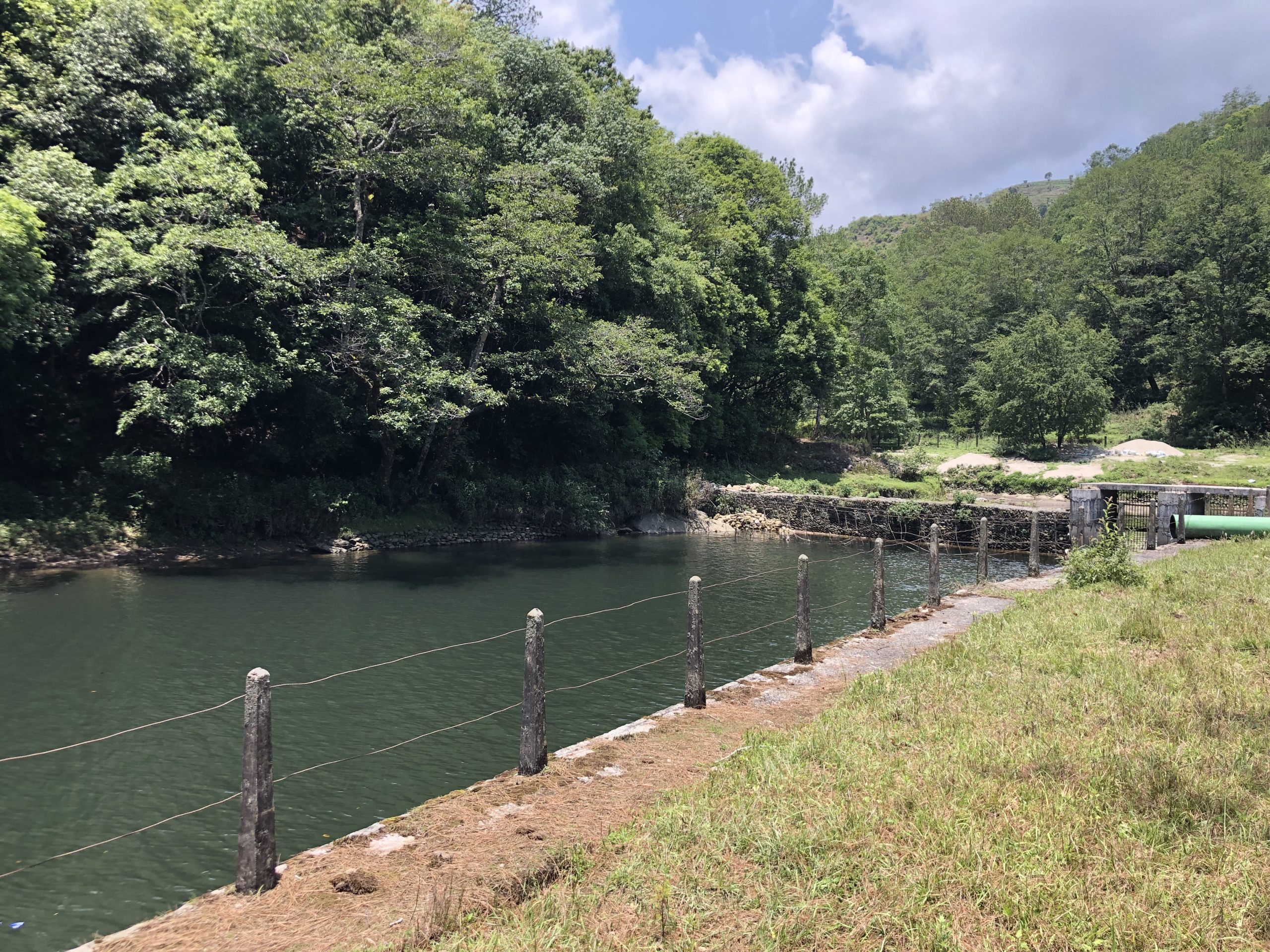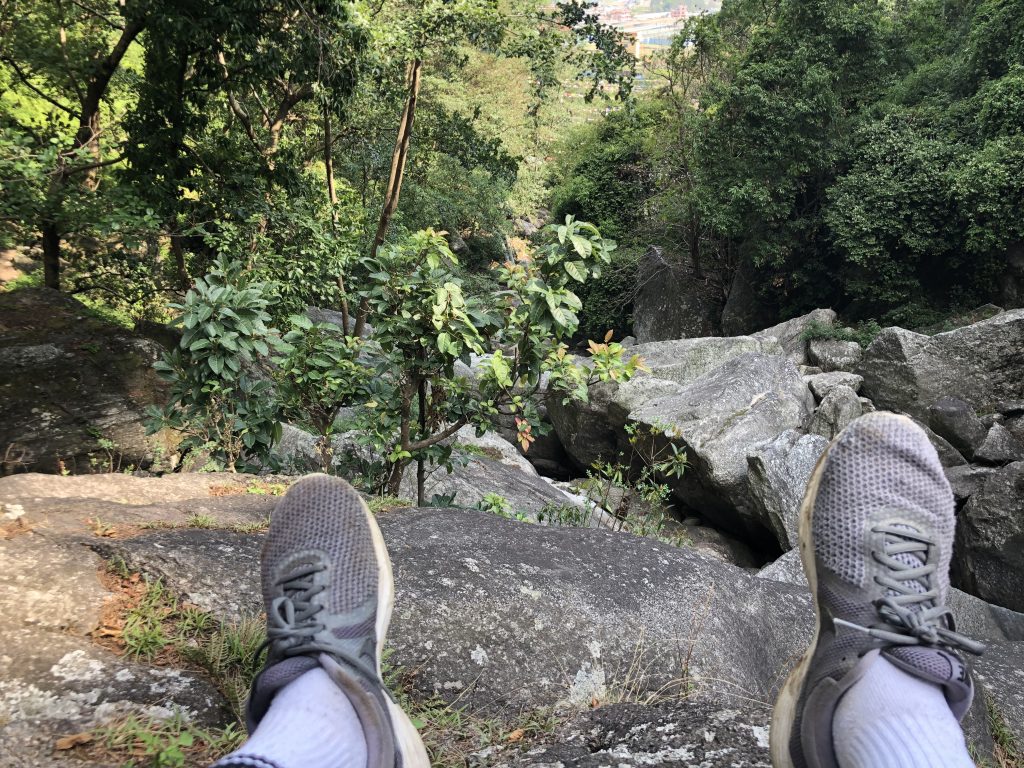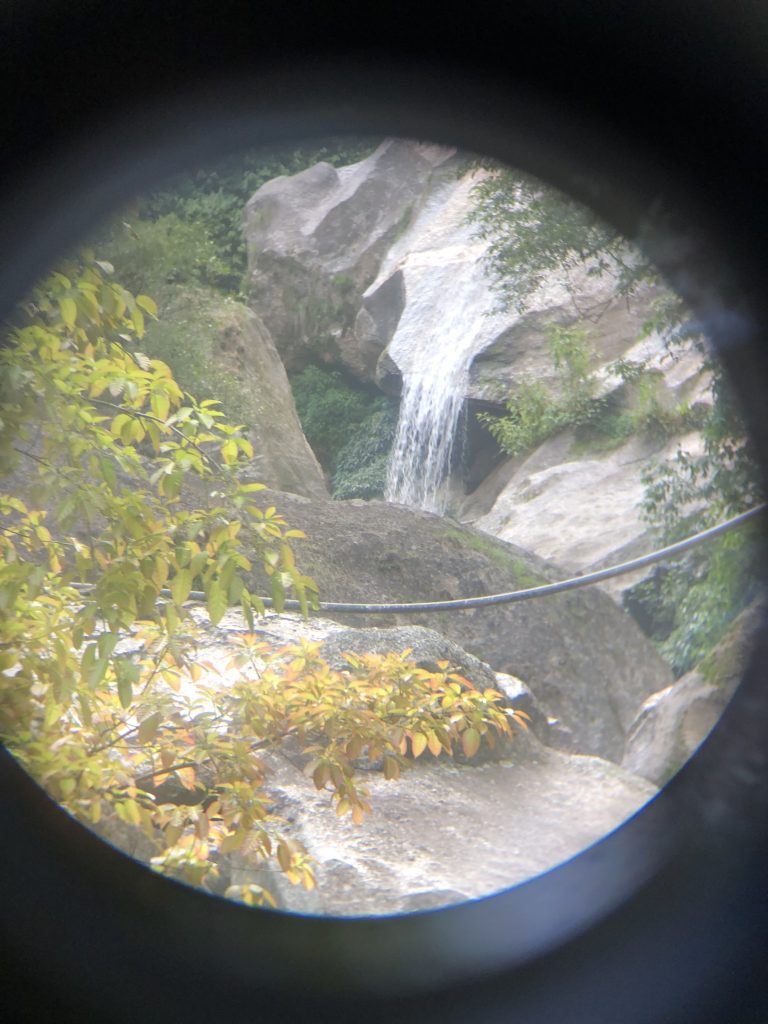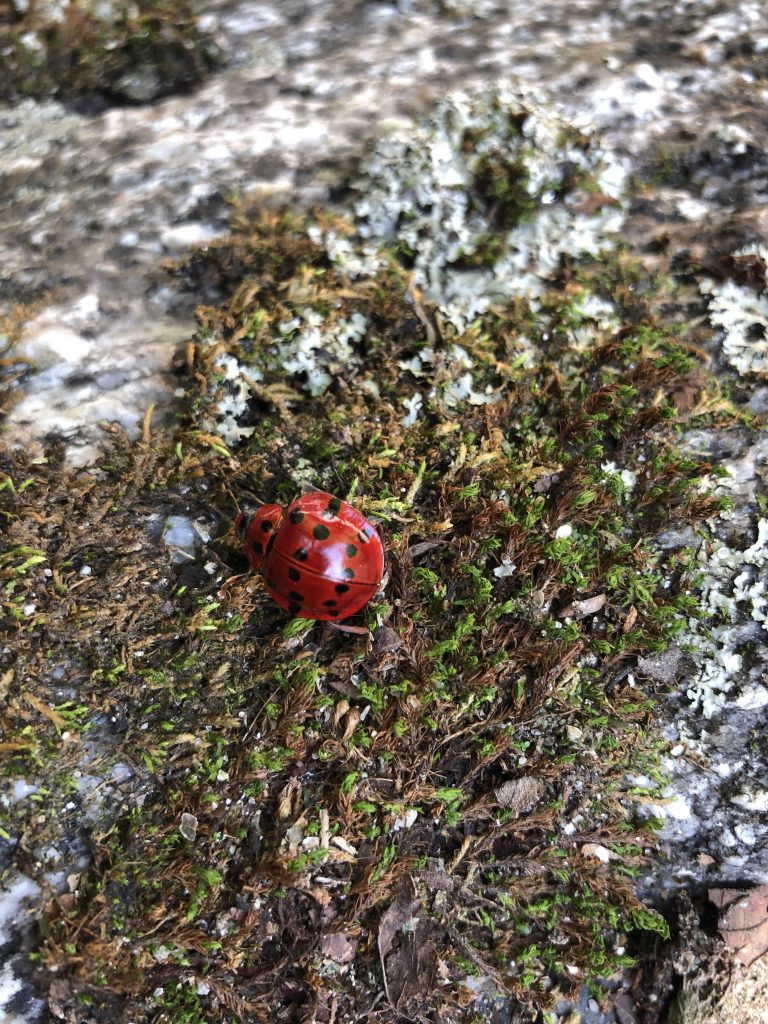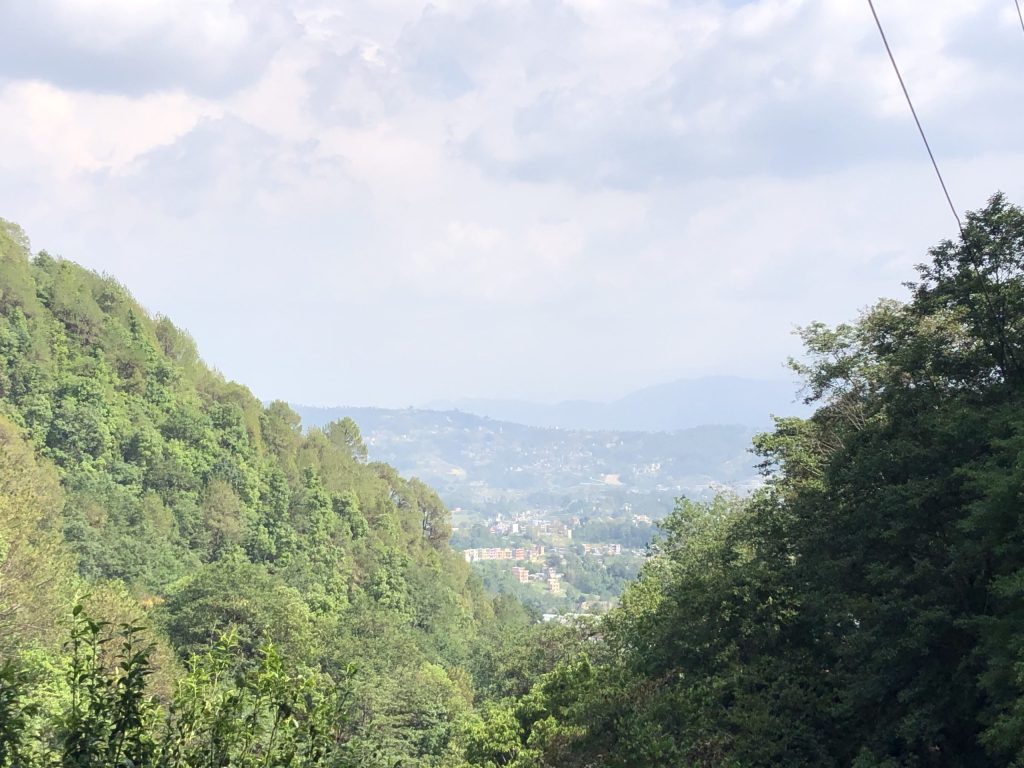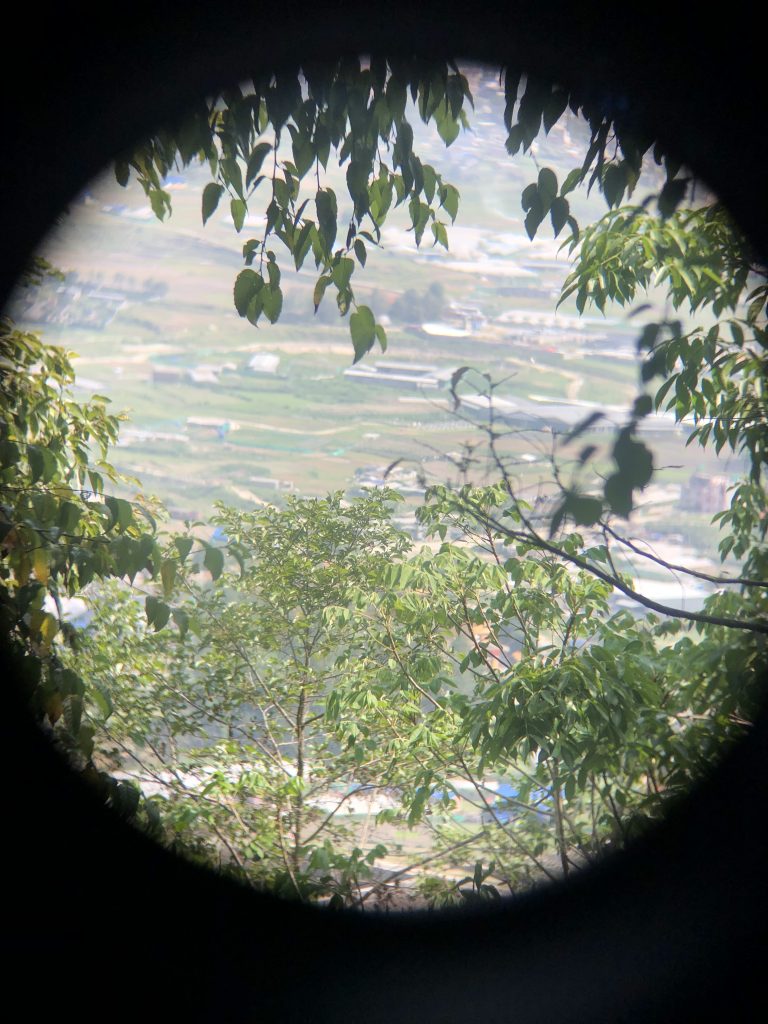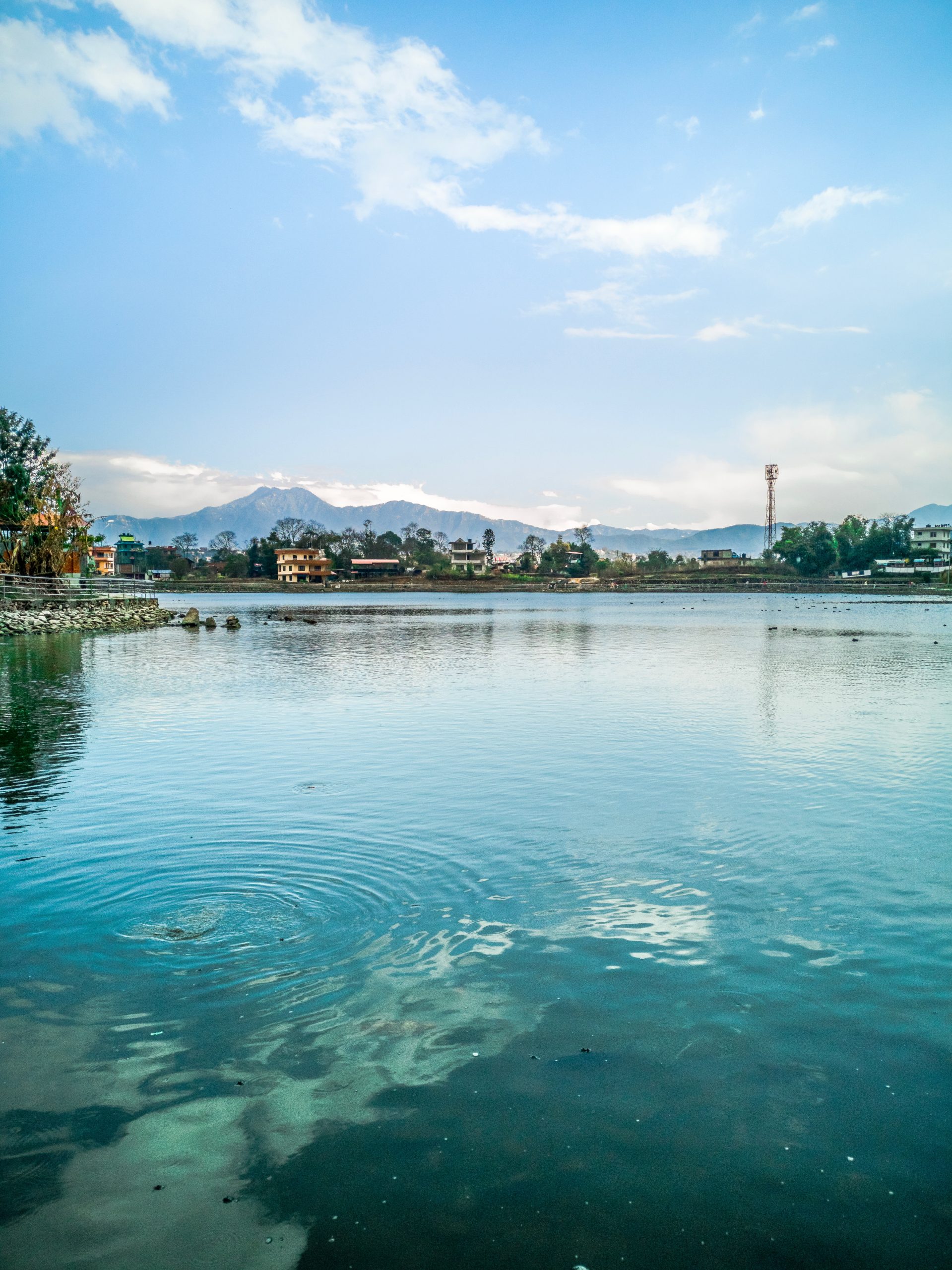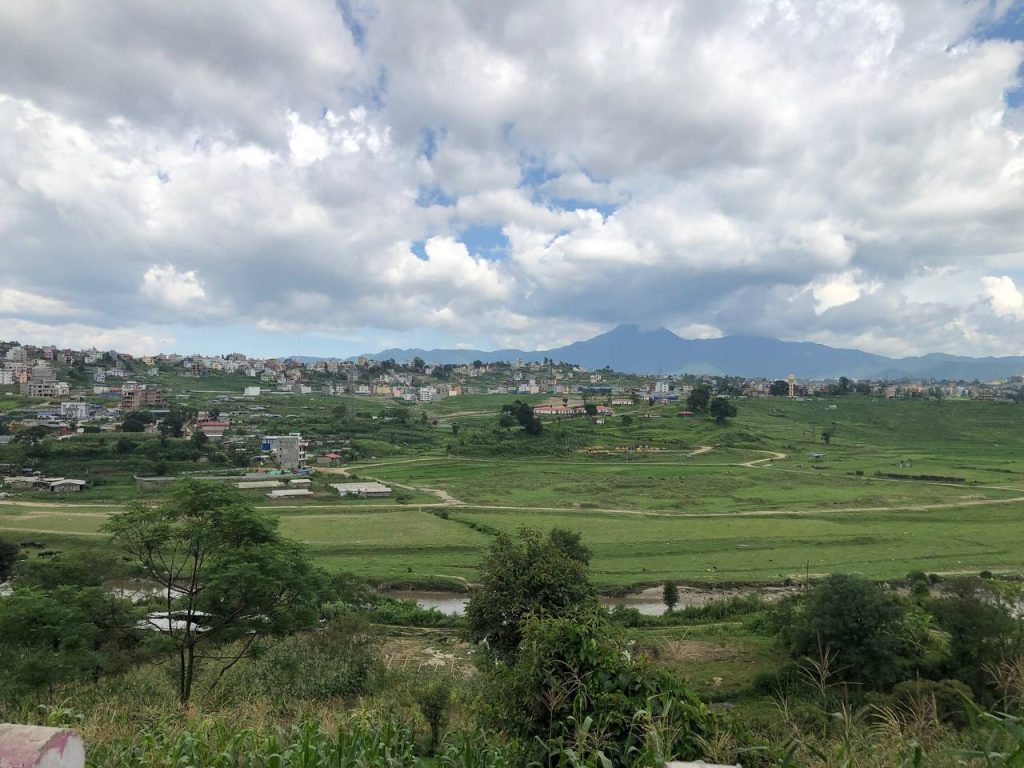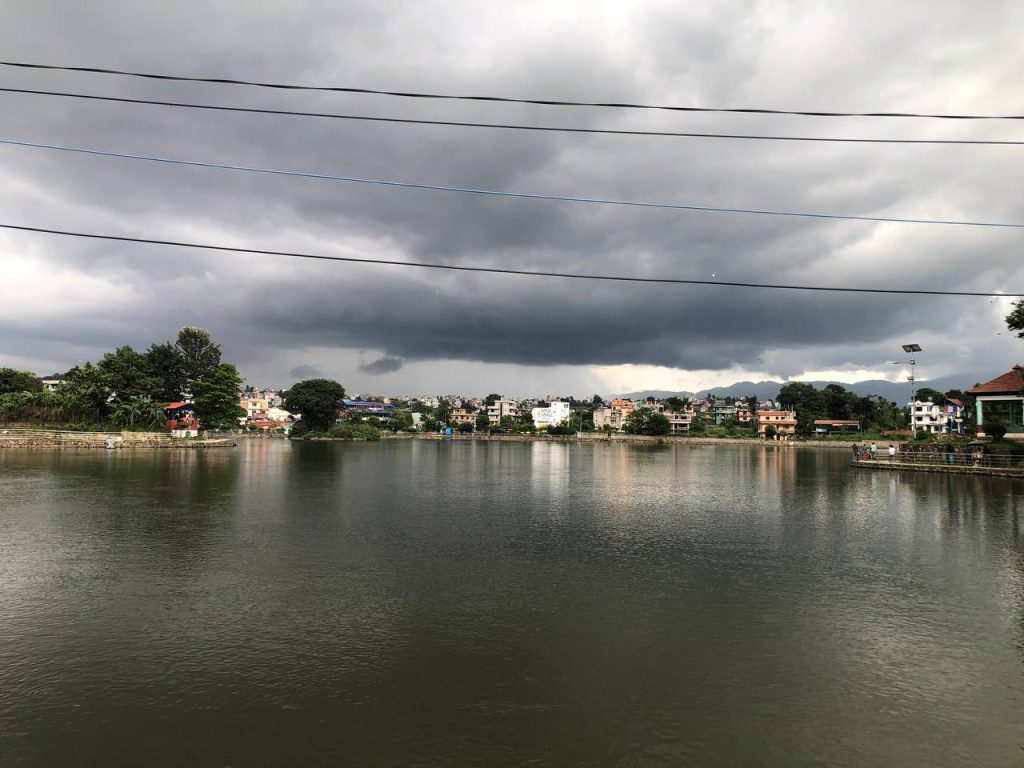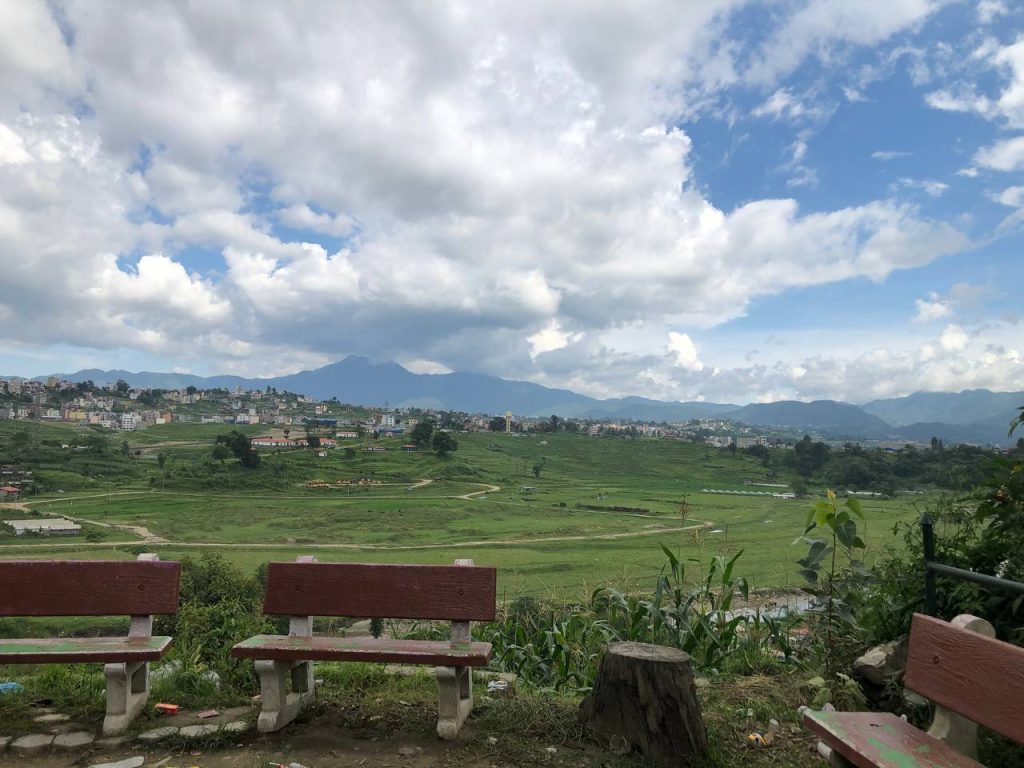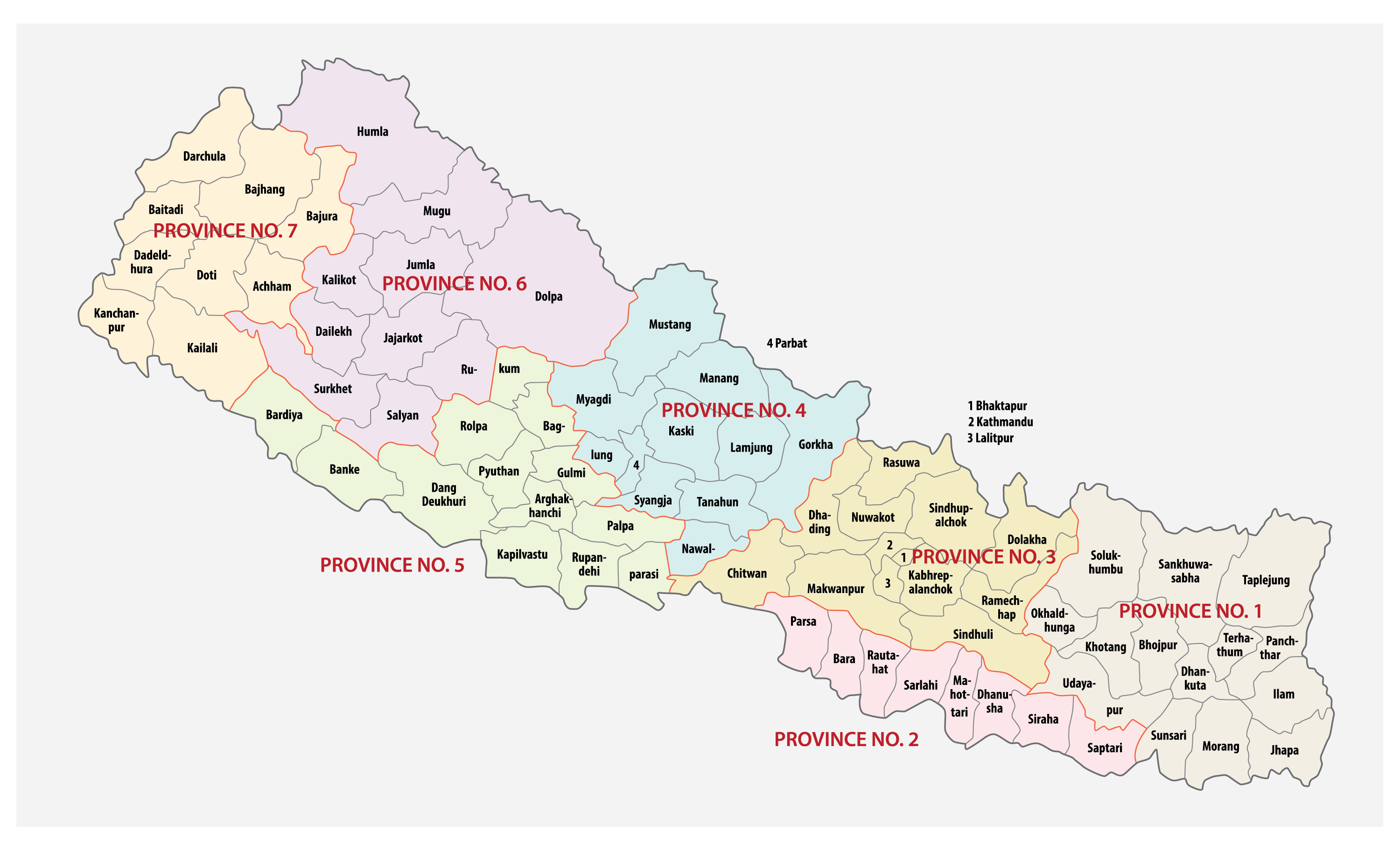Chitwan:
Watching elephants bathe while sipping small portions of a summer drink and enjoying the river bank in a hot subtropical climate would be an excellent way to spend a vacation in a very wildlife-rich district of Nepal. Located in the southern belt of Nepal, lies a–half-hilly, half-plain(Terai) district, that can offer you a perfect holiday destination for your summer. The activities you can do here are endless. From sunbathing to wildlife safari, this destination is heavenly for any visitor. There are adventures, places to explore and river banks to relax. All in this beautiful place of Nepal: Chitwan.
Elevation: 415m
Distance from the capital(Kathmandu): 150km
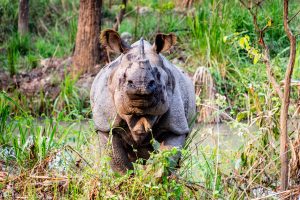
Ulleri:
Located at an elevation of 2070 metres in the Kaski district of Nepal between Tikhedhunga and Mauja in the Annapurna region, lies a small beautiful village known as Ulleri. On your way up, you may feel exhausted, difficult or even want to give up but don’t, the 900-metre elevation from Nayapul to Ulleri in a single day will give you an unexplainable sense of accomplishment and a picturesque view of the mountains—furthermore, a wonderful touch with the Nepali traditional culture. You may want to savour the views slowly and comfortably if it’s on your way down. It is a popular stop for trekkers in the region, so you may want to rest your bags there, rest assured, you won’t regret it.
Elevation: 415m
Distance from the capital(Kathmandu)
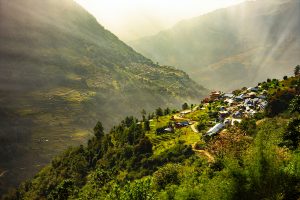
Ghorepani:
The base stops for your visit to poon hill, this place itself is a beauty of its own. With cheap stops and an extensive amount of wonderful homestays and hotels, this place will fill your heart with similar types of people who enjoy treks and hikes like you. The place has stunningly beautiful views, an authentic cultural experience and an opportunity to explore the wonderful base of the Annapurna region. The place is divided into 2 parts: lower Ghorepani and Upper Ghorepani, which have a 10-15 minute uphill walk difference. Poon Hill; a popular destination for many local and international tourists is at an elevation difference of about ~335m which takes about an hour and a half to 2 hours of uphill walk. This place has views of the pearly mountains during the day which even shine in the dark and diamond-like clusters of stars and galaxies at night. The place is located at about ~2874m and is accessible at a 1-2 day trek from Nayapul or Ghandruk whichever route you prefer.
Elevation: 2,874m (9,429 ft)
Distance from the capital(Kathmandu):
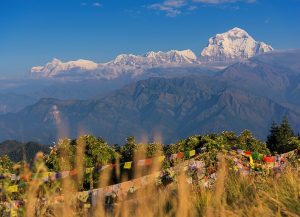
Tikhedhunga:
Tikhedhunga is a small village in Nepal’s foothills of the Himalayas. It is situated in the Lamjung district and is known for its picturesque scenery and peaceful atmosphere. The village is located on the Marsyangdi River banks and is surrounded by lush green forests and snow-capped mountains. Many of the villagers also work as guides or porters for trekkers who come to the region to explore the surrounding mountains. The economy is held by tourism and agriculture.
Elevation: 1480m
Distance from the capital(Kathmandu):

Hiking path- Tikhedhunga
Ghandruk:
This wonderful village is situated at an altitude of 1940m and is known for its stunning views of the Annapurna range and the Dhaulagiri mountain. The place is also famous for the Gurung people’s cultural and traditional lifestyle. Ghandruk is a major starting point for many treks in the region such as the Annapurna Sanctuary trek, and the Annapurna Circuit trek. The people of the village will make your trip extremely special by sharing their traditions in one of the best ways possible. The place is also easily accessible via bus if you don’t prefer hikes, treks or walks.
The village is home to several traditional stone houses and temples that the residents revere. Visitors can also explore the local market, which sells a variety of handicrafts and souvenirs made by the villagers.
The people of Ghandruk are known for their warm and welcoming nature. They are proud of their heritage and culture and are always eager to share it with visitors. The village is also home to many community-based organisations that work to promote sustainable tourism and improve the lives of the villagers.
Elevation: 2012m
Distance from the capital(Kathmandu: 260km
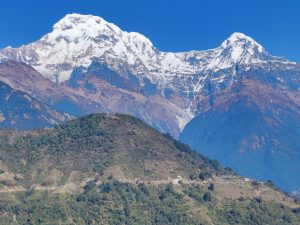
Nayapul:
This place is one of the most popular starting points of–again–one of the most popular trekking routes of Nepal, the Annapurna circuit. Situated at an elevation of just 1070m, this place is the place where you will be possibly performing your acclimatization en route to the thriving western-Nepal Himalayas or as you may know it, the Annapurna range. This place has multiple hotels for your accommodation and lies beside a highway that extends from east-west in the hilly region of Nepal known as the mid-hill highway. The area thrives with visitors in the autumn or which also happens to be the festive season of Nepal so you can enjoy your holiday destination even more.
Elevation: 1070m
Distance from the capital(Kathmandu): 240km
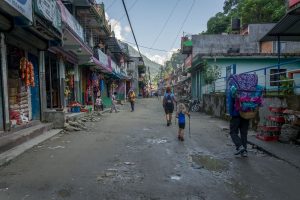
Dhulikhel:
If Kathmandu is a theory then Dhulikhel is the ideal and refined form of it. It is a great destination considering a lot of aspects. Great hotels? Checked, Great scenery? checked, Easy reach? checked, Affordability? checked, Wonderful weather? Checked, Activities and places to visit. Checked, and so on… Dhulikhel is a city in a neighbouring district of Kathmandu Valley, known as Kavrepalanchowk. The district has a wonderful view of the Himalayan ranges such as the Langtang, Ganesh, Gaurishankar and more. Furthermore, there are many shrines and cultural heritage sites like Kalidevi, Gita Mandir, Bhagawati and Gokuleshwor
Elevation: 415m
Distance from the capital(Kathmandu)
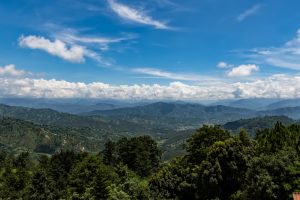
Maya Devi Temple:
Maya Devi Temple is a Buddhist pilgrimage site in Lumbini, Nepal. It is the birthplace of Siddhartha Gautama, widely known as Buddha. The temple is named after Siddhartha Gautama’s mother, Queen Maya Devi, who gave birth to him while standing under a Sal tree. The temple houses the remains of the ancient Mayadevi Temple, and excavations have revealed several layers of structures dating back to the 3rd century BCE. The temple is an important site for Buddhists, and visitors come from all over the world to pay their respects and offer prayers. The area where the temple is situated is huge and incorporates lots of pilgrimage sites. There are multiple buildings made by pilgrims from different countries including Thailand, Myanmar, Singapore and more. It’s a beautiful place which will make your Lumbini visit worthwhile.
Elevation: 415m
Distance from the capital(Kathmandu)
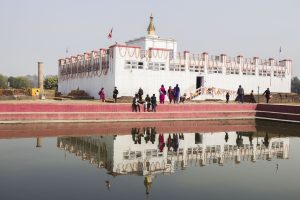
Pokhara:
If you seek perfection, this city will provide you with one. From wonderful weather to beautiful outskirts and nearby locations to lakes to the lushest forests to easy reach to trekking spots, and almost everything that fits your perfection, this city provides you with it. Pokhara is a retreat like no other, regretted by none because of its undeniable beauty. Waking up to the view of majestic Annapurna and Dhaulagiri mountain ranges and visiting several attractions all day followed by a beautiful evening stroll by the lakeside will surely be a wonderful day in your vacation.
The city lies in the western region of Nepal, ~200km from Kathmandu. The city is known for its beautiful Phewa Lake, World Peace Pagoda, Davis Falls, and International Mountain Museum. The city has a relaxed and laid-back atmosphere, making it a great place to unwind and enjoy the natural surroundings.
Elevation: 415m
Distance from the capital(Kathmandu)
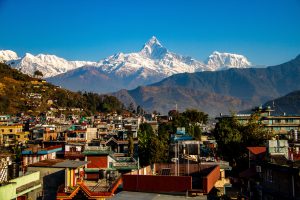
Ilam:
Here stretch the hilly ranges covered in tea leaves until the land meets the sky. A beauty of its own with beautiful people and a rich cultural heritage. You can find a wonderful blend of pure cultural touch while being very close to nature in the district of Ilam.
Located in the eastern region of Nepal, the district provides you with great opportunities to explore the Limbu, Rai, and Magar cultures, lush tea gardens of Nepal accompanied by views of stunning mountain ranges, regional festivities, and many more. The area’s rich heritage is known for its traditional dance, music, and festivals, such as Sakela, which is celebrated by the Rai community. Ilam is a perfect destination for those seeking to experience Nepal’s natural beauty with cultural touch.
Elevation: 415m
Distance from the capital(Kathmandu)
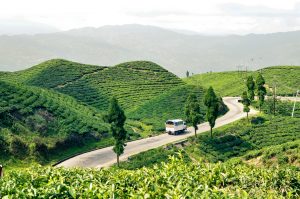
Janakpur:
Drown yourself in the fascinating colours of one of the holiest places of the Hindu religion. Known as the birthplace of Goddess Sita, this city is an important place of pilgrimage for Hindus. Moreover, it has great historical significance. The city has several temples dedicated to Sita, including the famous Janaki Temple, which is one of the largest temples in Nepal. The temple is made in a beautiful blend of Mughal and Hindu architecture adorned with intricate carvings and colourful paintings.
Janakpur is also known for its handicrafts, mainly its colourful Madhesi pottery and the unique Janakpuri sarees, which are popular among women in Nepal and India. The city is also home to several museums and cultural centres that showcase the rich history and heritage of the region. Apart from the Janaki Temple, The Ram Mandir, Dhanushadham, and Ganga Sagar are popular religious sites in the city.
Elevation: 415m
Distance from the capital(Kathmandu)
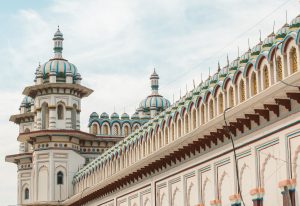
Mustang:
A place so magical you will fall for it no matter where you look. A beauty you can never get enough of, a wonderland of enchantments with surprises after every glance, Mustang, a district in the Northern belt of Nepal is one of the most beautiful places on Earth. It is a cold desert with mountains on its southern side which block the rain for most of the year.
The people of Mustang, their culture and traditions are heavily influenced by Tibetan Buddhism. The region is also famous for its production of high-quality wool and cashmere, which is used to make traditional clothing and handicrafts. In addition to that, there are a lot of apple orchards with one of the most delicious ones in the whole world. Mustang has a lot to offer including the deepest gorges, stunning mountain views, cold deserts and the warmest people. It is heavenly. There are several attractions including Lo Manthang which is listed as a UNESCO world heritage site, the capital of Mustang, and it is a walled city that was once the centre of the Kingdom of Lo, and Muktinath which is one of the most sacred places for Hindus. There are multiple opportunities with several types of activities like Trekking, cycling, cave hunting and much more than you can imagine. This place ranges your visit from.
